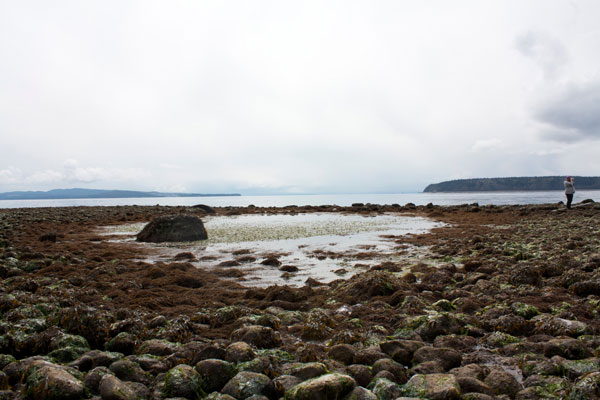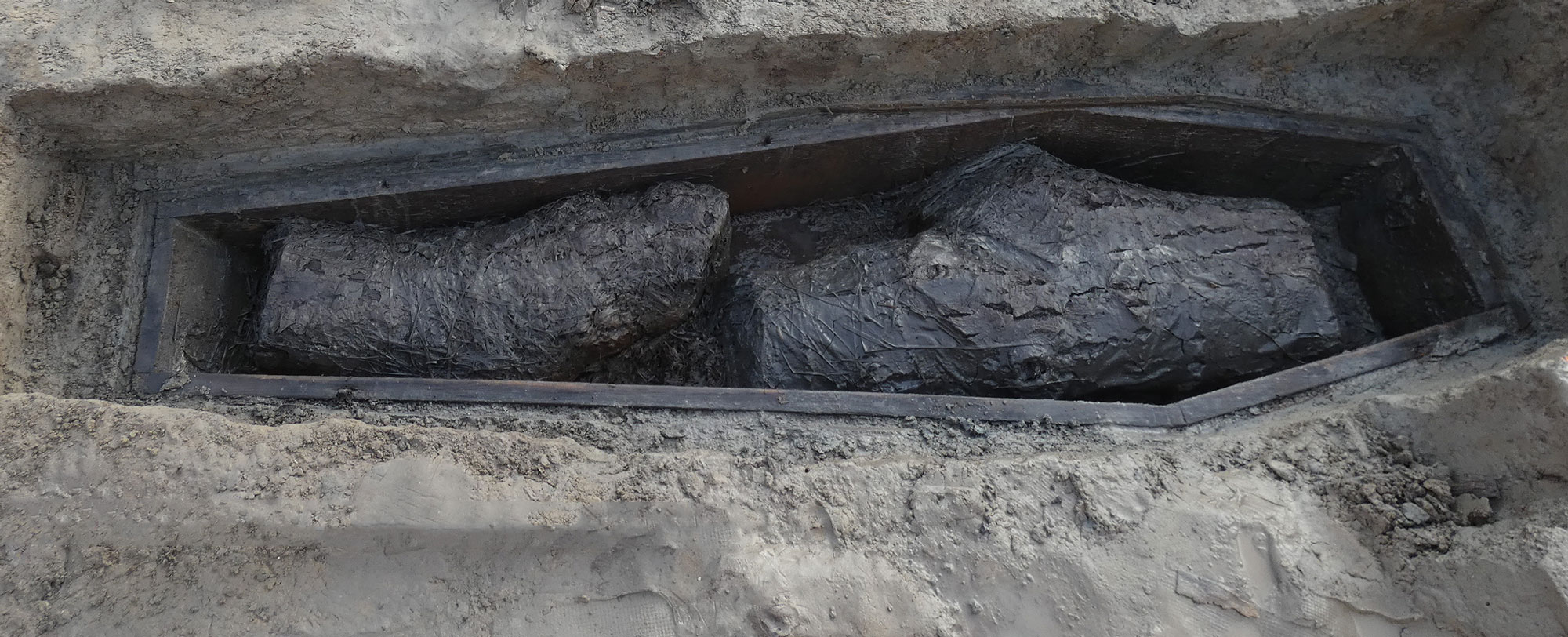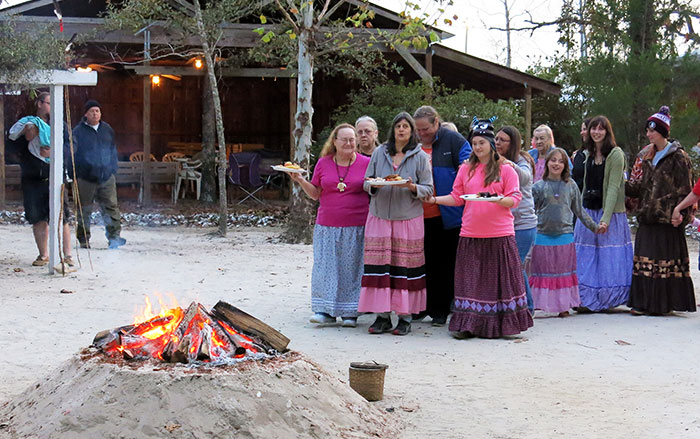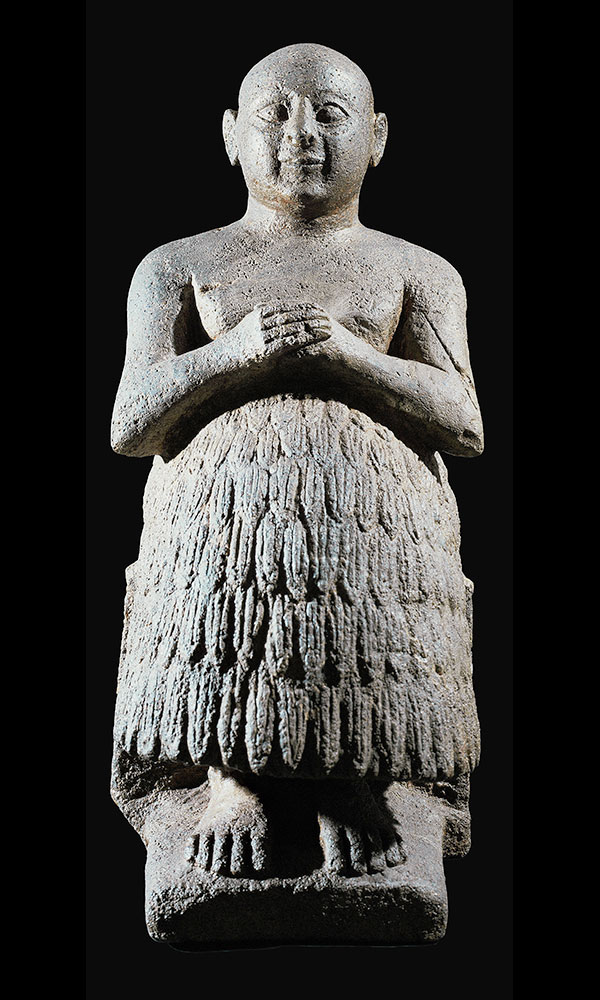VANCOUVER, CANADA—Archaeologist Bob Muir and his students at Simon Fraser University investigated a midden discovered by members of the K’ómoks First Nation when they dug a roasting pit for a barbecue held last year in the Comox Valley. The students uncovered shells; the well-preserved bones of deer, elk, and dogs; bone needles used for fishing; harpoon points; herring rakes; and some 80 flat pieces of stone engraved on one side. According to a report in the Comox Valley Record, the images are sometimes described as representing trees, feathers, or symbols of fertility. Similar engraved stones, known as tablets, have been found at only two other sites in the Comox Valley. Muir estimates that the tablets are about 2,000 years old. He will document and study the artifacts before they are returned to the K’ómoks First Nation. For more on archaeology in British Columbia, go to "The Edible Seascape."
2,000-Year-Old Engraved Stones Discovered in Western Canada
News July 21, 2016
Recommended Articles
Digs & Discoveries November/December 2016
Coast over Corridor

Features September 1, 2011
The Edible Seascape
A reevaluation of evidence along North America's western coast shows how its earliest inhabitants managed the sea's resources.

Top 10 Discoveries of 2024 January/February 2025
Grim Evidence from the Arctic
King William Island, Canada

Digs & Discoveries July/August 2024
Medical Malfeasance

-
Features May/June 2016
An Overlooked Inca Wonder
Thousands of aligned holes in Peru’s Pisco Valley have attracted the attention of archaeologists
 (Courtesy Charles Stanish)
(Courtesy Charles Stanish) -
Letter from Florida May/June 2016
People of the White Earth
In Florida’s Panhandle, tribal leaders and archaeologists reach into the past to help preserve a native community’s identity
 (Mike Toner)
(Mike Toner) -
Artifacts May/June 2016
Medieval Spoon Finial
 (© Suffolk County Council)
(© Suffolk County Council) -
Digs & Discoveries May/June 2016
Dressing for the Ages
 (Courtesy Petrie Museum of Egyptian Archaeology)
(Courtesy Petrie Museum of Egyptian Archaeology)



